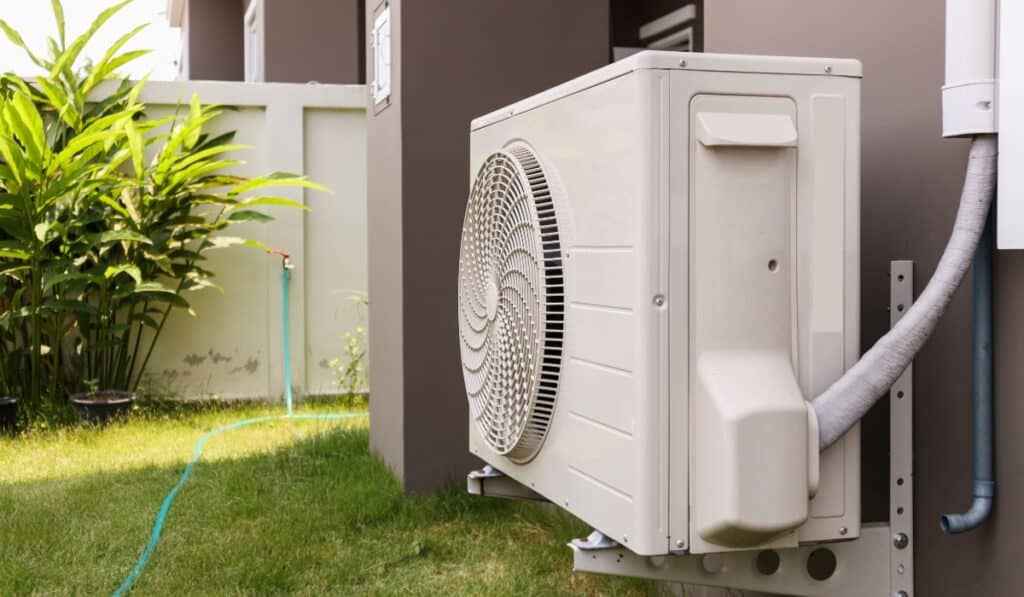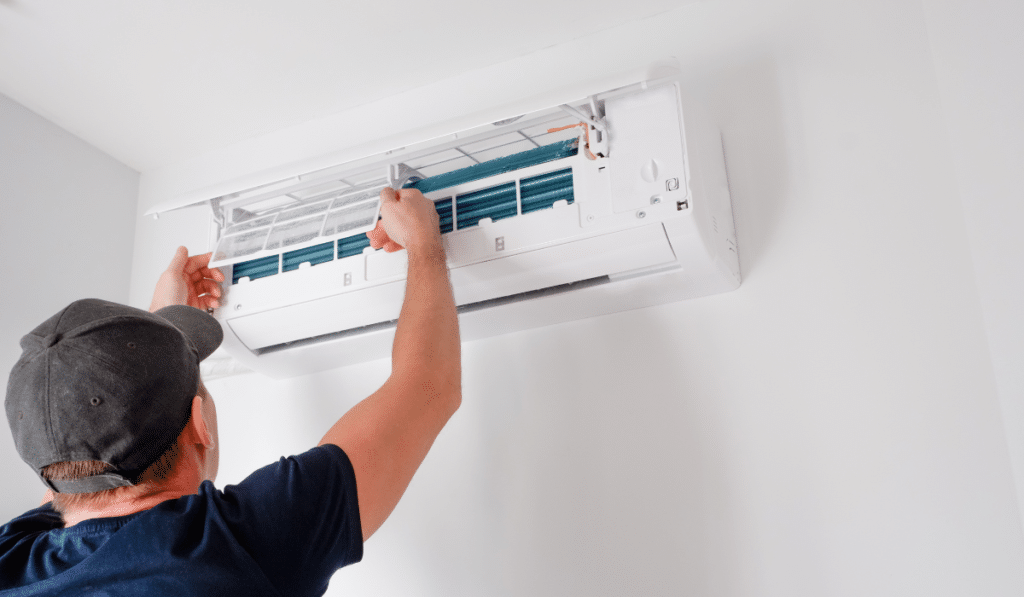In today’s energy-conscious world, homeowners are increasingly seeking innovative and cost-effective ways to maintain a comfortable indoor environment. One solution that has gained significant popularity in recent years is the mini split HVAC unit. These compact and efficient systems offer a range of benefits, making them an attractive choice for both residential and commercial applications.
What are Mini Split HVAC Units?
Mini split HVAC units, also known as ductless air conditioners or ductless mini-splits, are a type of heating, ventilation, and air conditioning (HVAC) system that doesn’t require traditional ductwork. Instead, these units consist of an outdoor compressor/condenser unit and one or more indoor air-handling units, connected by a conduit that carries the refrigerant lines and electrical wiring.
Key Benefits of Mini Split HVAC Units
1. Energy Efficiency and Cost Savings
One of the most significant advantages of mini split HVAC units is their energy efficiency. Unlike traditional central air conditioning systems, mini-splits are designed to cool or heat specific zones or rooms, reducing energy waste and allowing homeowners to control the temperature in individual areas. This targeted approach can lead to substantial cost savings on utility bills, especially in homes with varying occupancy patterns or underutilized spaces.
2. Flexible Installation and Zoning Capabilities
Mini split HVAC units offer exceptional flexibility in terms of installation and zoning capabilities. Since they don’t require extensive ductwork, these units can be installed in virtually any room or space, including additions, renovations, and areas where traditional ductwork would be challenging or impossible to install. Furthermore, the ability to create distinct zones or cooling/heating areas allows homeowners to customize their comfort levels and energy usage based on their specific needs.
3. Quiet Operation
Compared to traditional HVAC systems, mini-splits operate at a much quieter level. The outdoor compressor/condenser unit is designed for low noise output, and the indoor air-handling units are remarkably quiet, ensuring a peaceful indoor environment without disruptive noise levels.
4. Improved Indoor Air Quality
Many mini split HVAC units are equipped with advanced air filtration systems, which can effectively remove airborne pollutants, allergens, and contaminants from the indoor air. This feature can be particularly beneficial for individuals with respiratory issues or those seeking to maintain a healthier indoor environment.
Mini Split HVAC Unit Installation

While mini split HVAC units offer numerous benefits, proper installation is crucial for ensuring optimal performance and energy efficiency. Here are some key considerations and best practices for mini-split installation:
1. Professional Installation
It is highly recommended to hire a licensed and experienced HVAC professional for the installation of mini split HVAC units. Proper installation requires expertise in sizing the unit, selecting the appropriate refrigerant lines, and ensuring proper placement of the indoor and outdoor units for optimal performance.
2. Proper Unit Sizing
Accurately sizing the mini split HVAC unit is essential for achieving optimal efficiency and comfort levels. An undersized unit may struggle to cool or heat the intended space, while an oversized unit can lead to inefficient operation and potential moisture issues. Professional HVAC contractors will assess your home’s specific needs and recommend the appropriate unit size.
3. Location and Placement
The location and placement of both the indoor and outdoor units play a crucial role in the overall performance and efficiency of the mini split HVAC system. Indoor units should be strategically positioned for optimal air distribution and user comfort, while outdoor units should be installed in a well-ventilated area with proper clearance for airflow and maintenance access.
4. Refrigerant Line Routing
The refrigerant lines connecting the indoor and outdoor units must be properly routed and insulated to ensure efficient operation and prevent energy losses. Professional installers will carefully plan and execute the refrigerant line routing to minimize potential issues and ensure a seamless installation.
Mini Split HVAC Unit Maintenance
Regular maintenance is essential for ensuring the longevity and optimal performance of your mini split HVAC unit. Here are some key maintenance tasks to keep in mind:
- Air Filter Cleaning: Regularly clean or replace the air filters in your indoor units to maintain proper airflow and indoor air quality.
- Outdoor Unit Cleaning: Periodically clean the outdoor unit to remove any debris, leaves, or obstructions that may impede airflow and reduce efficiency.
- Refrigerant Levels: Have a professional HVAC technician check the refrigerant levels in your system and address any potential leaks or imbalances.
- Electrical Connections: Inspect the electrical connections and wiring for any signs of damage or deterioration.
- Annual Professional Maintenance: Schedule an annual maintenance visit with a licensed HVAC professional to ensure your mini split HVAC unit is operating at peak performance and to identify any potential issues before they become major problems.
By adhering to proper maintenance practices, you can extend the lifespan of your mini split HVAC unit and enjoy reliable, energy-efficient cooling and heating for years to come.
If you’re in need of air conditioning repair, duct cleaning, heater repair, HVAC installation or maintenance, or seeking ways to improve your home’s energy efficiency and indoor air quality, look no further than TOP AC Inc. Our team of experienced professionals is dedicated to providing top-notch services and solutions tailored to your specific needs. Contact us today to schedule an appointment or learn more about our range of services.

